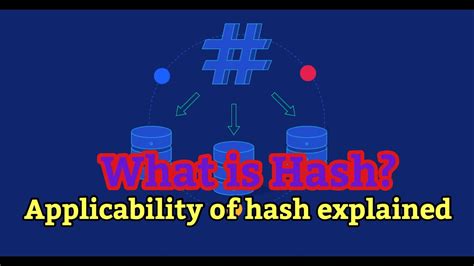Understand Metamaska and his role in EIP-712

When implementing intelligent contracts in the Ethereum network, one of the most exciting functions is the use of EIP-712 signatures (proposal to improve Ethereum 712). However, many programmers are not aware, such as Metamask, a popular decentralized application (DAPP) -lwollet and tool, plays a key role in enabling these signatures.
In this article, we will immerse ourselves in the world of EIP-712 signatures and examine your application in the context of Metamask.
What is the EIP-712 abbreviation?
EIP-712-Hash is a type of digital signature that uses a data combination and cryptographic function to ensure the authenticity and integrity of the message. In connection with intelligent EIP-712-HashS contracts, they are used to identify and check the properties of some information.
Metamaska’s role
Metamask is a widespread DAPP pocket and tool, with which users can manage private keys and interact with various applications based on Ethereum. One of its main functions is integration with popular blockchains, including Binance Smart Chain (BSC), Polygon and others.
When implementing EIP-712 signatures, the programmers rely on the functionality of Metamask to generate the necessary abbreviations for their applications. Here are some options for signatures Metamask EIP-712 Possible:
4
2.
- Private key management
: Metamask offers a safe way to manage private keys that interact with various blockchain networks. This ensures that private user keys remain confidential and safe.
EIP-712 HOSHES in solidity
When implementing EIP-712 signatures, programmers can generate non-standard shortcuts with the “keccak256” function or third-party libraries, such as Openspelins “EIP712”.
Here is an example of how a metamask can be used to generate EIP-712-Hash for the contract:
`Solidity
Pragma solidity ^0.8.0;
Import "
Import "
Treaty cool {
Bytes32 Private Constant bid_type_hash = keccak256 ("Bid (Uint256 Num1, Uint256 Num2)");
refer to public owners;
Uint256 public offer;
Functional ornacner (_owner) public {
Request (_muner! = Address (0), "owner cannot 0");
Owner = _ owner;
}
Functionbid (Uint256 Num1, Uint256 Num2) Public {
requires (msg.sender == owner, "only the owner can offer");
bid = num1 * num2;
}
}
In this example, we have defined the “Setowenera” function, which updates the owner’s address and requires that the current owner be 0.
Diploma
Metamask plays a key role in the activation of EIP-712 signatures, offering a safe and convenient way to generate and save abbreviations defined by the user to intelligent contracts. By using the metamaska function, developers can focus on implementing their applications without worrying about basic cryptographic algorithms or private key management.
In this article, we examined how the metamask facilitated the signatures of the EIP-712 in reliability and gave an example of use in the real implementation of the contract.
Để lại một bình luận